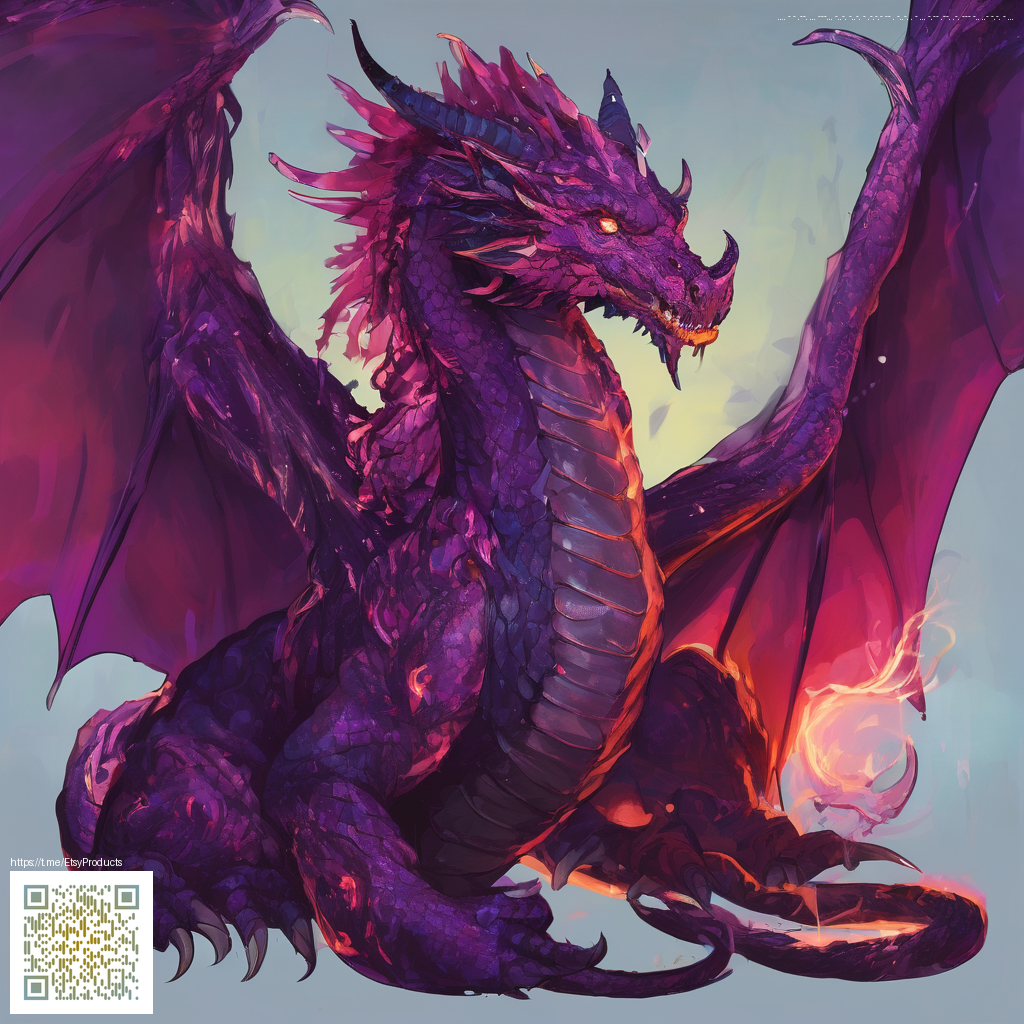
Uncovering the Layers Behind the Siege Narrative
Rainbow Six Siege has always rewarded curiosity with more than just tense firefights. Hidden lore details sit at the edges of the game, on operator bios, in subtle environmental storytelling, and in the seasonal cadence that drops new fragments of a larger story. This article digs into how those threads are expanded through gameplay, community dialogue, and official updates, turning short rounds into long term mysteries that keep players returning for answers as much as for the next round headshot.
Gameplay as a vessel for narrative depth
In siege action the narrative never stops at the kill feed. Operator abilities, gadget design, and map placement all become expressions of a world with stakes and history. The way a character interacts with a map often hints at past operations or rivalries, turning each round into a potential clue. Players who pay attention to voice lines, tiny environmental cues, and the way certain gadgets behave can piece together a mosaic that feels like a living dossier rather than a static roster.
This design approach has a practical payoff. It rewards players who experiment with lesser used operators and maps, because those choices can unlock alternative lore angles and allow for fresh, theory fueled strategies. The result is a loop where gameplay and lore reinforce one another, making every new operator or reworked gadget feel earned through both skill and narrative discovery 🌑. The community thrives on these moments, turning ordinary matchups into mini investigations with real payoff.
Narrative devices that keep the world expanding
Story elements arrive through a mix of in game text, operator dossiers, and external media that complement the live service model. Short in game videos, cryptic dialogue snippets, and seasonal event prompts provide breadcrumbs that encourage fans to compare timelines and maps. Rather than a single long campaign, the lore unfolds in bite sized installments that coincide with each update cycle, inviting players to connect dots across seasons without ever forcing a single canonical read.
Ubisoft leans into an evolving space where community interpretation matters. The design intent is to foster a shared detective experience, where players debate the significance of a symbol in a loading screen or a line of dialogue that hints at a past operation. It is a collaborative storytelling approach that respects player agency while quietly guiding the larger arc forward with careful pacing 💠. The result is a narrative that grows in conversation with its audience rather than a narrator delivering a fixed truth.
Community insights and the art of theorycraft
The real engine behind hidden lore is the community itself. Fans dissect operator interactions, map layout quirks, and archival materials to propose timelines and character connections. The conversation often spills into fan art, theory driven wikis, and speculative threads that compare in game clues with outside media. This culture turns each update into a puzzle hunt and keeps the player base engaged long after a match ends 🌑.
- Theorists pore over voice line trees to infer alliances and rivalries, sometimes linking seemingly disparate operators through shared gadgets or common contacts.
- Art and comics created by fans frequently visualize lore moments that the game only suggests, offering alternate perspectives on how missions unfolded.
- Community run data dives translate subtle in game changes into broader lore implications, prompting quick turnarounds in theory updates after each patch.
Update cadence and the narrative flow
Each seasonal release or major update functions as a narrative beat. New operators come with backstory shards that complement existing timelines, while re balanced maps and gadget tweaks ripple through the lore fabric. Roadmaps and live notes not only improve balance but also carry forward the story through visible threads, such as recurring factions or persistent locations that reappear in multiple seasons. This cadence keeps the world coherent while ensuring there is always room for fresh lore to emerge from fresh gameplay ideas.
The developers balance clarity with mystery, offering enough context to satisfy seasoned fans while leaving room for future revelations. It is a deliberate choreography that treats lore as an evolving environment rather than a fixed encyclopedia. The result is a living universe that rewards players who track patterns across seasons and who participate in the wider conversation about what the world is becoming 👁️.
Modding culture and fan driven exploration
Although Rainbow Six Siege remains a tightly managed platform, the community embraces fan driven content that explores lore through art, theories, and simulations. Fan projects such as lore focused comic panels, speculative timelines, and interactive maps extend the experience beyond the constraints of official releases. This culture thrives on collaboration, respectful debate, and the playful idea that the truth is sometimes a mosaic assembled by many, not a single author. For players, this means the lore feels reachable and personal, because it lives in the hands of the community as much as in the patch notes.
Developer commentary and narrative philosophy
From official statements to Q and A sessions, the narrative team emphasizes growth over stasis. The strategy is to layer complexity slowly, using operator relations and map myths to create a sense of history that players can uncover over time. Developers acknowledge that this approach invites discussion and even disagreement, which in turn fuels a dynamic ecosystem where lore is actively negotiated by the player base. The transparency around design choices helps the community trust the process, knowing that each new season adds texture to a broader story without forcing a single definitive reading 🌗.
Support for the ongoing expansion of the narrative comes with a sense of shared journey. As teams refine storytelling tools and players refine their theories, the line between game and myth becomes increasingly blurred in a way that feels authentic to the competitive spirit of the title. The hidden lore is not a relic of the past but a living, breathing component that grows alongside the tactical masterclasses players bring to the field
Support a decentralized internet